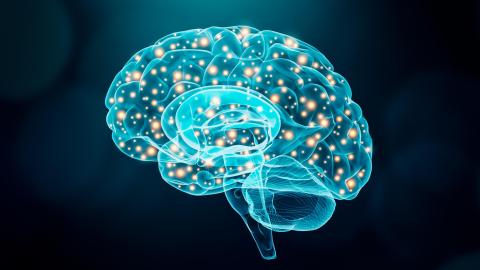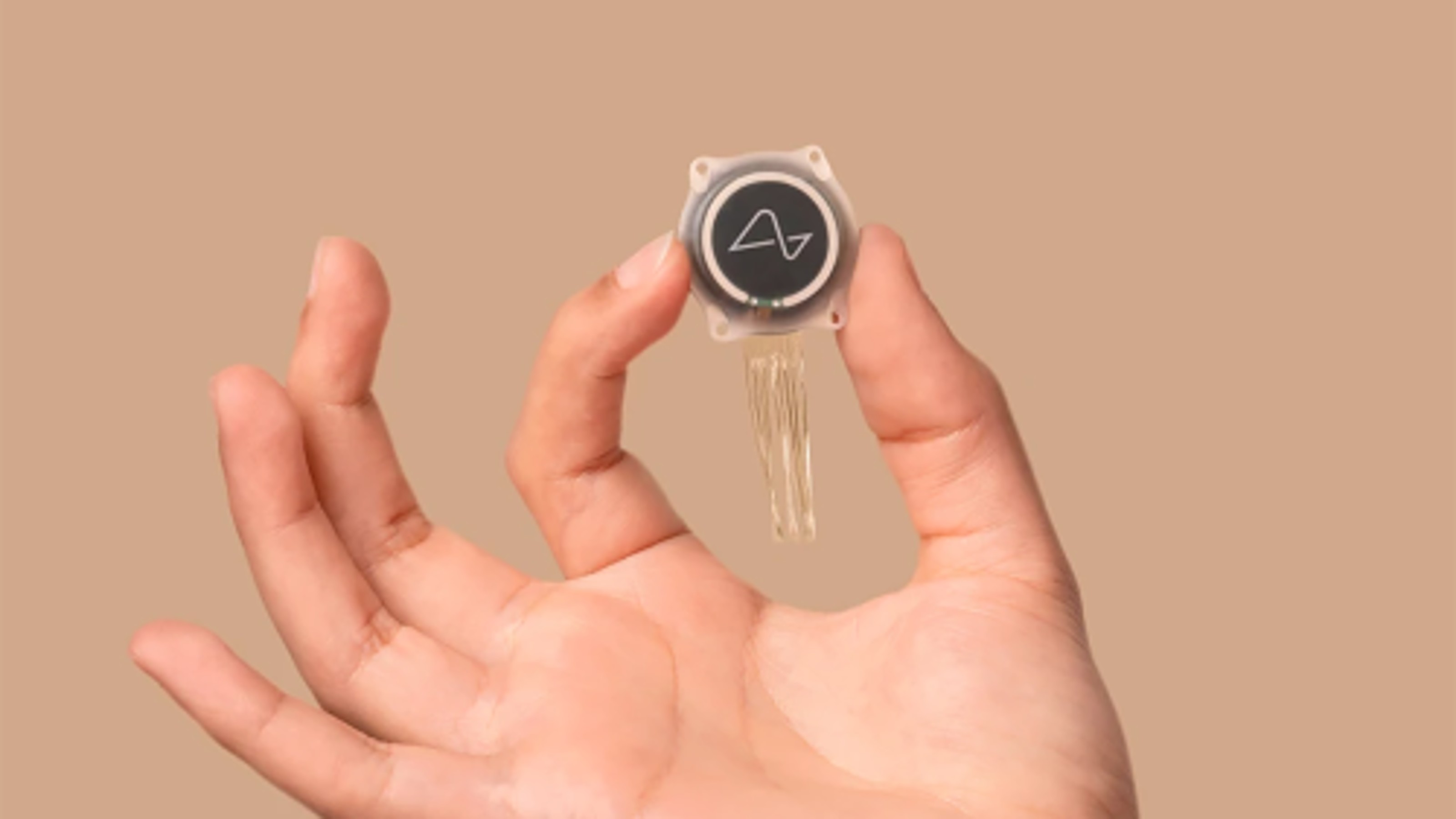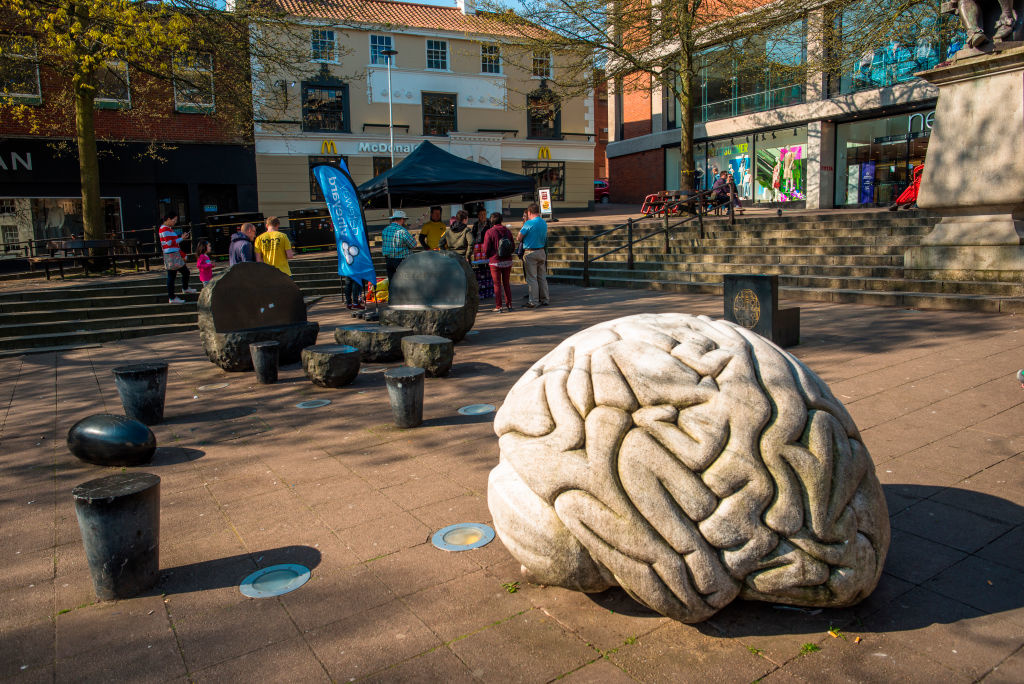Scientists urge UN to add ‘neuro-rights’ to Universal Declaration of Human Rights

Credit: Matthieu / Adobe Stock
- Columbia University neuroscience professor Rafael Yuste is advocating for the UN to adopt "neuro-rights."
- Neurotechnology is a growing field that includes a range of technologies that influence higher brain activities.
- Ethicists fear that these technologies will be misused and abuses of privacy and even consciousness could follow.
Out-of-body experiences recur throughout spiritual literature. Thought to signify a spiritual “essence” co-existing alongside biology, OBEs began to be viewed in a different light when they were replicated in a laboratory in 2007. University College London researchers induced OBEs in volunteers through the use of head-mounted video displays. Other means for inducing OBEs include electrical and magnetic stimulation of the brain.
If a well-placed magnet causes you to “leave” your body, what else is possible with a little transcranial stimulation?
This question is of growing concern as wearable scanners become increasingly common. Last week, Columbia University neuroscience professor Rafael Yuste advocated for the United Nations to adopt “neuro-rights” into its Universal Declaration of Human Rights thanks to a burgeoning industry promising to alter—some would say manipulate—consciousness.
As Yuste phrased it during an online conference,
“If you can record and change neurons, you can in principle read and write the minds of people. This is not science fiction. We are doing this in lab animals successfully.”
Neurotechnology is a growing field that includes a range of technologies that influence higher brain activities. Therapeutics designed to repair and improve brain function are included in this discipline—interventions for sleep problems, overstimulation, motor coordination, epilepsy, even depression.
So are more insidious intentions, however. You can imagine such devices in the hands of a cult leader, for example. Or perhaps a political leader steeling up their base. If the human imagination can create an idea, it can be transformed into reality, and not all humans are benevolent.
Rafael Yuste – a neuroscientist exploring the ethics of neural identitywww.youtube.com
The ethical question is not new. For example, the debate over embryonic stem cells raged for years. Promises of trait enhancement concerned people who thought scientists would play the role of a god. While that debate has mostly died down, the use of neurotechnology by militaries and tech companies—particularly concerning privacy—will be contentious for decades.
Cognitive liberty is a term assigned to those who believe every individual must be allowed to maintain their own agency. An extension of the concept of freedom of thought, cognitive liberty is defined as “the right of each individual to think independently and autonomously, to use the full power of his or her mind, and to engage in multiple modes of thought,” as written by neuroethicist Dr. Wrye Sententia and legal theorist Richard Glen Boire.
The challenges to cognitive liberty include privacy, which they argue must encompass the domain of inner thought; autonomy, so that thought processes remain the province of the individual; and choice, provided that the individual is not harming others.
Yuste believes the U.N.’s declaration, which was created in the wake of World War II in 1948, needs immediate revision. Deep brain stimulation is already an FDA-approved procedure. Whereas social media creates its own addiction and mental health problems, a sense of agency still exists. When tech has the capability to get “under the skull and get at our neurons,” as Johns Hopkins professor of neurology and neuroscience, John Krakauer, says, a sense of urgency exists.
For Yuste it’s completely a matter of agency—and liberty.
“This is the first time in history that humans can have access to the contents of people’s minds. We have to think very carefully about how we are going to bring this into society.”
—
Stay in touch with Derek on Twitter and Facebook. His new book is “Hero’s Dose: The Case For Psychedelics in Ritual and Therapy.”





